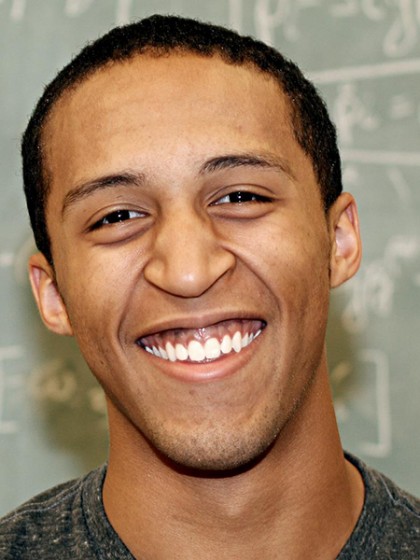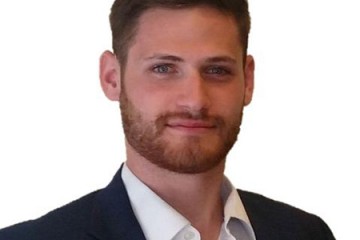Guy Marcus, a PhD candidate at Johns Hopkins University, has been selected by Forbes magazine as one of 30 young scientists who are "discovering new worlds, in our cells and outer space."

Image caption: Guy Marcus
The publication's annual "30 Under 30" list recognizes up-and-comers in 20 fields ranging from finance, media, and venture capital to sports, education, and health care. Each "30 Under 30" cohort is selected by a panel of experts in their fields. The cohort is described by Forbes as "600 of the brightest young entrepreneurs, breakout talents and change agents."
Marcus, 24 and an NSF Graduate Research Fellow studying under Collin L. Broholm at the Institute for Quantum Matter, researches quantum magnetism and the properties of quantum materials. He uses neutron scattering, in concert with theory and other experimental techniques, to study the impact of magnetic and electronic structure on quantum materials. According to Forbes, "this field of physics has demonstrated ability to develop new materials with a variety of potential applications, from high-temperature superconductors for transmitting power more efficiently to chemically-tuned magnetic materials that could enable new kinds of computing."
Marcus has twice been awarded JHU's Nathaniel Boggs Memorial Fellowship, awarded annually to students who received an undergraduate degree from a historically black college or university and who wish to pursue graduate work in select fields within the natural or physical sciences at Johns Hopkins University's Krieger School of Arts and Sciences.
The 30 individuals recognized in the science category were chosen by judges Konstantin Batygin, who works to understand how solar systems work; Feng Zhang, who helped developed technologies in optogenetics and CRISPR, a biological editing system; and Sarah Parcak, a space archaeologist who uses satellites to scan landscapes to identify potential archaeological sites.
Read more from ForbesPosted in Science+Technology
Tagged quantum physics








